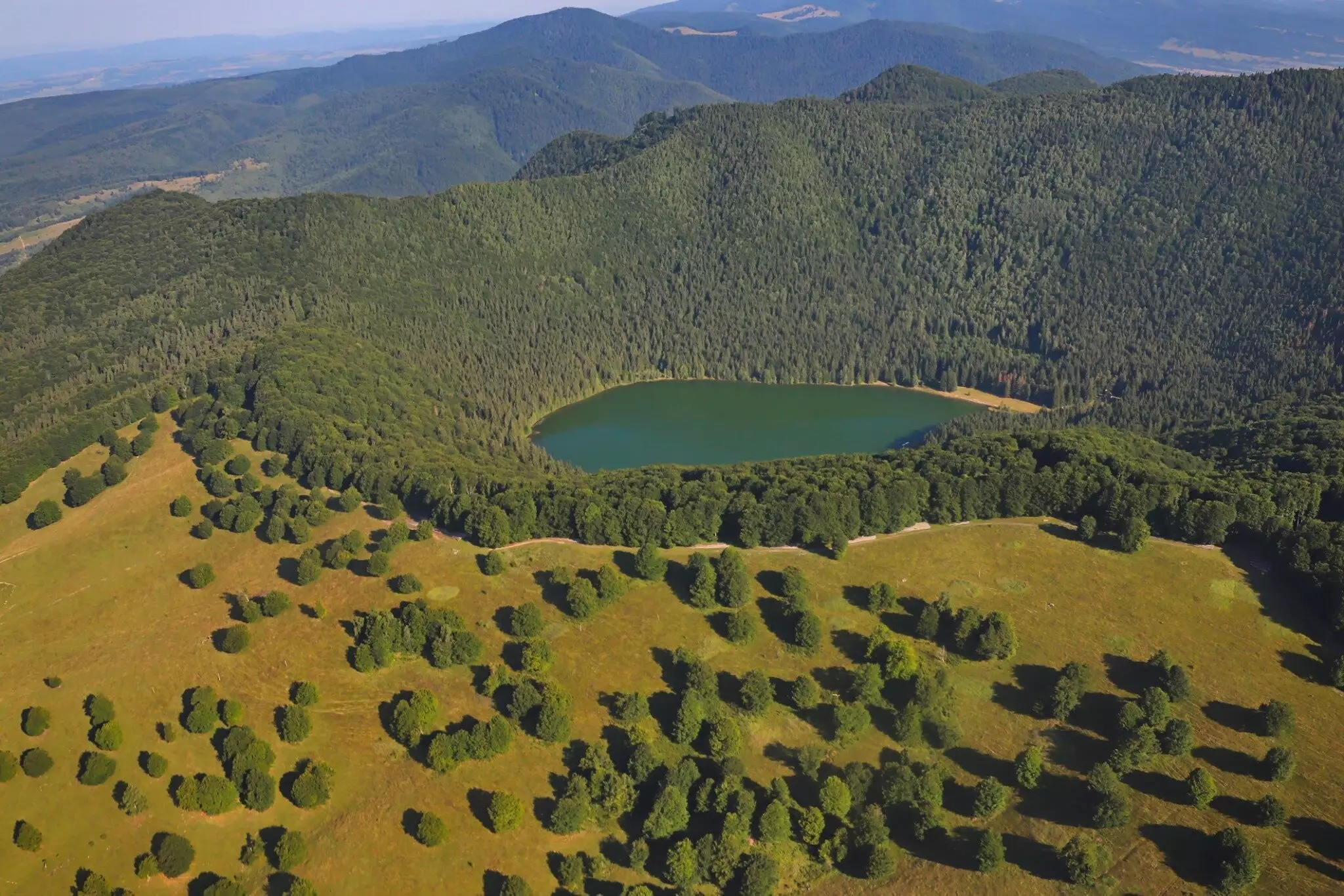Volcanoes have always been a subject of fascination and fear for mankind. The idea that a seemingly dormant volcano can erupt after tens of thousands of years raises important questions about volcanic hazard assessment and our understanding of these geological phenomena. Recent research conducted by Hungarian scientists sheds light on the signs that precede volcanic eruptions and explores the reasons behind the increased danger they pose. Specifically, the study focuses on Ciomadul, the youngest volcano in the Carpathian-Pannonian region, unraveling the mysteries surrounding its dormant phase and subsequent explosive eruptions.
Ciomadul has experienced several long periods of dormancy throughout its almost million-year existence. However, even after tens of thousands, and sometimes over 100,000 years of quiescence, volcanic eruptions have started again, catching scientists’ attention. The most significant eruptions occurred within the last 160,000 years, characterized by lava dome extrusions spanning from 160,000 to 95,000 years ago. After another extended dormant phase of over 30,000 years, eruptions resumed 56,000 years ago. The latest volcanic activity occurred around 30,000 years ago, and since then, Ciomadul has returned to a dormant state.
Decrypting the Rocks
Understanding the mechanism behind a volcanic eruption initiation and the factors influencing the eruption style lies within the rocks formed during volcanic activity. By conducting a meticulous analysis of the rock-forming minerals, researchers were able to unveil crucial insights into Ciomadul’s volcanic behavior. Specifically, they focused on the mineral amphibole, which exhibits significant variations in chemical composition within a single sample. This mineral indicated the existence of both a shallow magma reservoir and higher-temperature recharge magmas from greater depths that transported the amphibole.
The Shift Towards Explosive Eruptions
Contrasting with the previous period of lava dome-forming eruptions, Ciomadul’s more recent explosive eruptions were triggered by fresh recharge magmas carrying amphibole with a distinct composition. These new magmas differed slightly from the previous ones, potentially contributing to the change in eruption style. The research team identified several amphiboles with a chemical composition previously unreported in volcanic rocks from other volcanoes. These unique amphiboles were interpreted as early crystallization phases in ultra-hydrous magmas, indicating a key role of water-rich recharge magmas in triggering the explosive eruptions.
A Glimpse into the Magma Conditions
Further analysis of the crystals’ outermost rim and iron-titanium oxides provided crucial information about the magma conditions just prior to the eruptions. Iron-titanium oxides equilibrate within a few days when the magma condition changes, and in Ciomadul’s case, they indicated that the erupted magma was at a temperature of 800-830 degrees Celsius and oxidized. These insights into the magma conditions contribute to our understanding of the complex processes occurring beneath dormant volcanoes and can potentially aid in eruption forecasting.
While Ciomadul currently shows no signs of reawakening, the study emphasizes that reactivation can happen rapidly, within weeks or months, in the case of a recharge by hot, hydrous magma. This research sheds light on the importance of quantitative volcano petrology studies in reconstructing the subvolcanic magma reservoir structure and understanding the magma storage conditions. Such knowledge can significantly contribute to eruption forecasting and the identification of pre-eruption signals, highlighting the hidden dangers that even long-dormant volcanoes can pose. Consequently, Ciomadul has garnered international attention, serving as a reminder that there are still many mysteries to uncover in the ever-evolving field of volcano research.



Leave a Reply